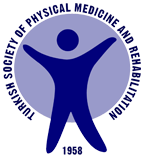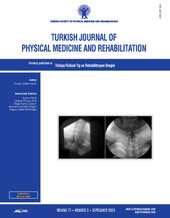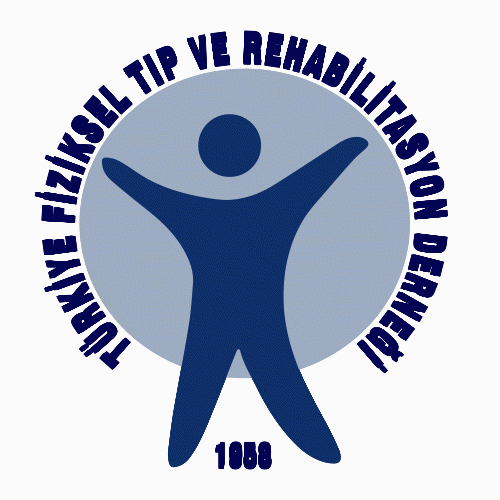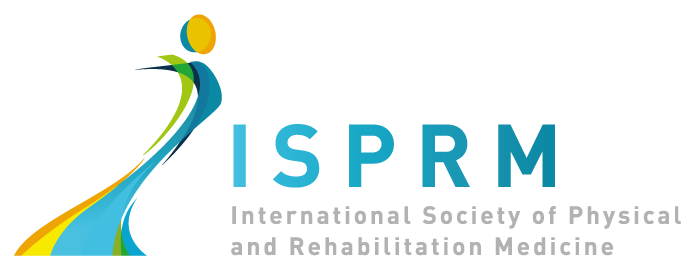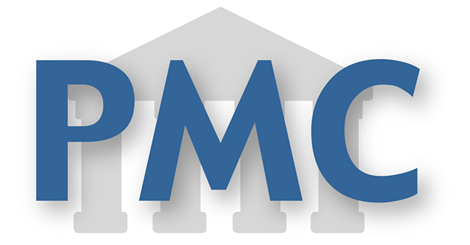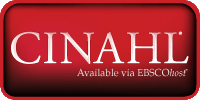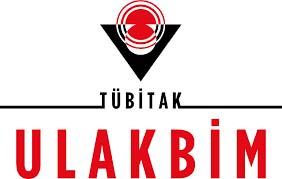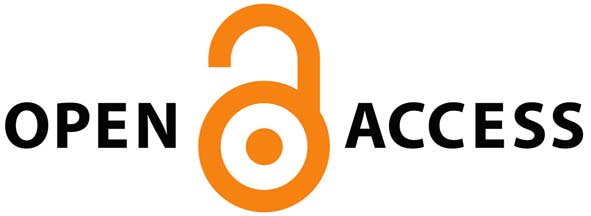Comparison of the effectiveness of dry needling and balneotherapy on pain, mood, anxiety, kinesiophobia, disability, and quality of life of patients with myofascial pain syndrome: A prospective, single-blind, randomized study
2 Department of Orthopedics and Traumatology, Kırşehir Training Research Hospital, Kırşehir, Türkiye DOI : 10.5606/tftrd.2025.14531 Objectives: This study aims to compare the efficacy of dry needling and balneotherapy in the treatment of trapezius muscle myofascial pain syndrome (MPS).
Patients and methods: This prospective study was conducted between February 2020 and May 2020. One hundred twenty patients (23 males, 97 females; mean age: 42.3±6.8 years; range, 18 to 50 years) were divided into three groups: dry needling (Group 1), balneotherapy (Group 2), and dry needling + balneotherapy combination (Group 3). Pain was assessed using a Visual Analog Scale (VAS) and the pressure pain threshold (PPT), cervical joint range of motion (ROM) using goniometry, mood using the Beck Depression Scale (BDS), anxiety levels using the Beck Anxiety Scale (BAS), fear of movement using the Tampa Kinesiophobia Scale (TKS), disability using the Neck Disability Index (NDI), and quality of life using the 36-item Short-Form Health Survey (SF-36). The measurements were repeated before the treatment and at the first week and third month after the treatment.
Results: There were significant improvements in all parameters after the treatment in all three groups (p<0.05). It was found that Group 1 was superior to Group 2 in terms of VAS (p=0.010), BDS (p<0.001), BAS (p=0.007), and NDI (p<0.001) values. There was no difference between Group 1 and Group 2 in PPT evaluations (p=0.070). There was no difference between the groups in ROM measurements (p>0.05). The highest level of well-being was detected in Group 3 (p<0.001) in the TKS values. Considering SF-36 scores, statistically more significant score increases occurred in dry needling groups (Group 1 and Group 3) than in the group that received only balneotherapy treatment (Group 2; p<0.005).
Conclusion: Both dry needling and balneotherapy were effective in improving pain, cervical ROM, depressive mood, anxiety, kinesiophobia, functionality, and quality of life scores in MPS. Combination of these two methods increased the success of the treatment.
Keywords : Balneotherapy, dry needling, myofascial pain syndrome